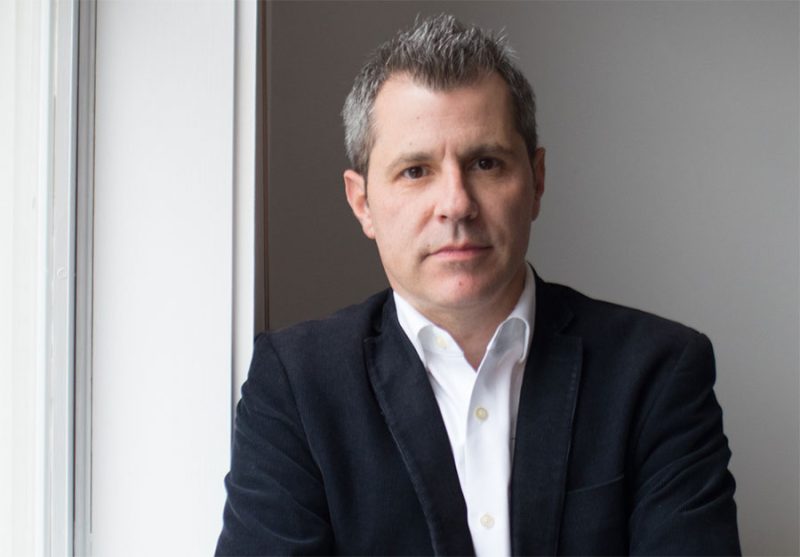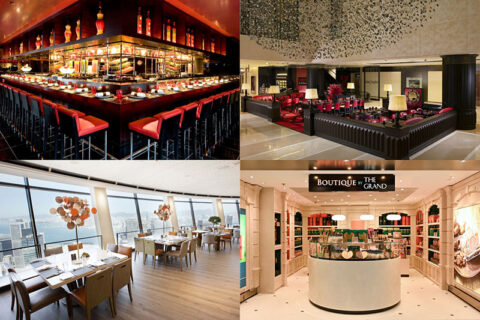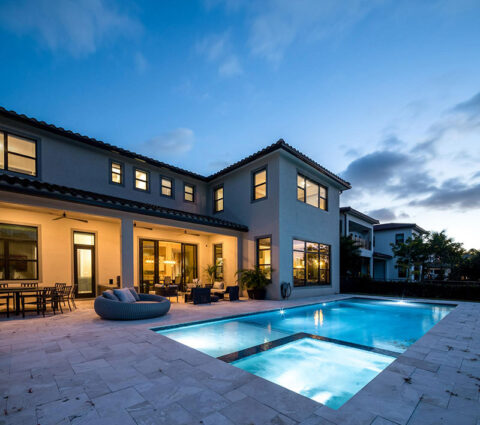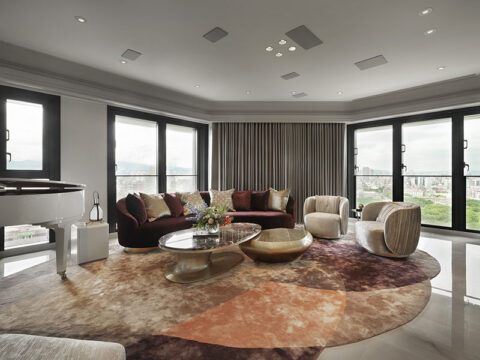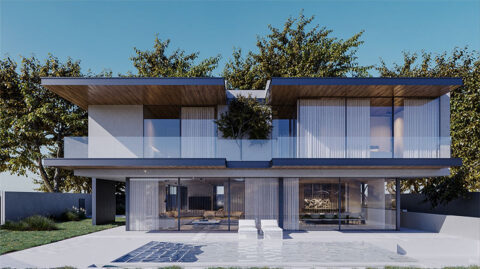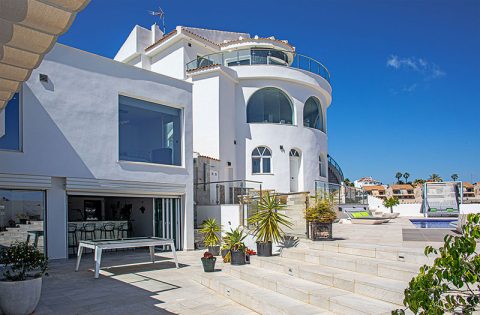Imagine a world where professional purpose, personal well-being, and environmental preservation become one entity. Picture an environment where people are able to thrive and their physical health is optimized. Envision a space within which human creativity becomes unbounded and the environmental needs of tomorrow are given top consideration. Such visions are the trade of Studio St. Germain, the eponymous entity founded by Nathan St. Germain and which seeks to redefine what it means to be a high-performance building in the modern era. Nathan’s love for architecture was sparked during a trip to New York City as a child and, for the young Rhode Island native, it was a transformative experience.
As one of the premier centers of groundbreaking architecture and innovative design in the world, New York City is a treasure trove of knowledge and tradition. Inspired by the life and scale of the city, Studio St. Germain places people front and center during the design and implementation process, seeking to deliver a bespoke solution that speaks to a client’s needs and concerns while also reflecting a sophisticated, nuanced approach to sustainability and design.
Drawing upon his many years spent in the industry in New York City, Nathan St. Germain, and his team fully understand the importance of aesthetics, heritage, and purpose. Discussing how to meld these with the human element at the heart of all good design, Studio St. Germain seeks to pioneer new ways to deploy classic motifs and ideas such that they are both innovative, timely, and fit for purpose.
Bringing this spirit to Pittsburgh, Studio St. Germain has worked in the heart of the steel city and helped in its transition into a modern, environmentally conscious metropolitan center. Some of the Studio’s key projects include 400 Beaver and Sewickley Tavern, among a slew of others. Demonstrating that environmental sustainability need not mean sacrificing design, Studio St. Germain emphasizes that it also does not entail breaking the bank. Discussing the latest in sustainable design and technology, Studio St. Germain underscores its penchant for taking dreams and spinning them into reality while transforming public perceptions of space, purpose, and sustainable design along the way.
Nathan, please start by telling us about Studio St. Germain and the services it provides customers.
Studio St. Germain specializes in high-performance buildings, which are environmentally friendly, promote energy efficiency, and create a healthier atmosphere. One thing that intrigues me about high-performance buildings is that they allow the owner to give back to the community, either by reducing carbon footprints and conserving resources or by making a healthier space for collective use. Either way, a high-performance building is an example of architecture being able to improve lives. And my goal–my passion, really–is to produce work that allows people to thrive and that contributes to the public good.
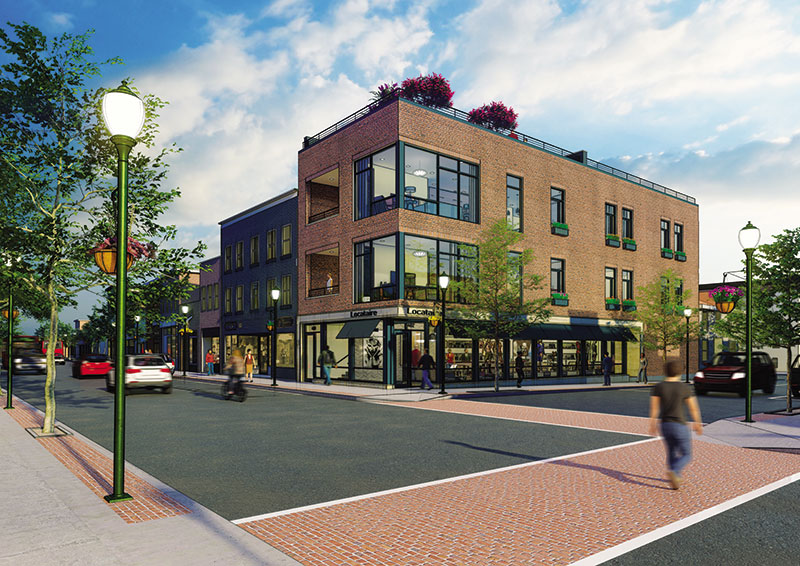
400 Beaver: © Studio St.Germian
What led you to the architecture industry?
During a field trip to New York City when I was in middle school, I was amazed by the skyscrapers I saw, and I wondered how they were constructed. To a kid who grew up in Chepachet, Rhode Island—which has a population of fewer than 2,000 people— it seemed like such an incredible feat to design and build these amazing structures. My father owned a masonry company, so I spent a lot of time on construction sites when I was growing up, which, combined with my love of the arts, also sparked my interest in buildings and architecture.
The company describes itself as “human-centric”. Can you explain what this means and how the company ensure its designs become “human-centric”?
A successful project is one that puts people at the heart of its design process. The built environment has a tangible effect on all of us –psychologically as well as physically. And because we spend so much time indoors—in offices or in homes—it makes sense to optimize our surroundings for health. This human factor, which goes beyond protecting the environment, is the added dimension that takes sustainability a step further. In that sense, we are human-centric. Our High Performance Program reinforces the human-centric element by offering assessment tools that customize the process, allowing the client to target his or her most important goals, whether they are focused on health, energy efficiency, or sustainability.
Nathan, you originally practiced architecture in New York City. What was the industry like in New York City at the time, and what lessons did you learn?
I spent ten years working in New York City, where I learned to think creatively and communicate the power of design. As one of the centers of art and architecture, New York City featured an industry that operated at a very high level—both aesthetically and technically. It was an innovative, collaborative, and inspiring market to be involved in. Looking back on my experience there, one of the things I really appreciated was the outside-of-the-box thinking that I was exposed to.
In 2012, you relocated to Pittsburgh. What led to the move to Pennsylvania, and how has it benefited your career?
After I got married, I moved to Pittsburgh from New York to be closer to my family. I realized that my background and experience were a match for Pittsburgh, which was just undergoing a renaissance of sorts and, to an extent, serves as a model of urban revitalization. Not long after I arrived, I founded Studio St. Germain, and I was able to pursue my vision of high-performance architecture. Pittsburgh allowed me to enter an active market and fine-tune my ideas about what it meant to design dynamic spaces that combined sustainability and well-being.
Tell us about some of your favorite projects over the years.
Two of my favorite projects are 400 Beaver, a three-story mixed-use building that reflects some of our core objectives: combining sustainability and well-being into a single, productive package. 400 Beaver features superior air quality, noise reduction, clean water, energy efficiency, and a streamlined design that dispels the myth that sustainable buildings are unappealing. Another project that stands out to me is Sewickley Tavern, which became the first restaurant in the world to achieve a RESET air certification, a stringent standard for measuring and maintaining healthy indoor air quality.
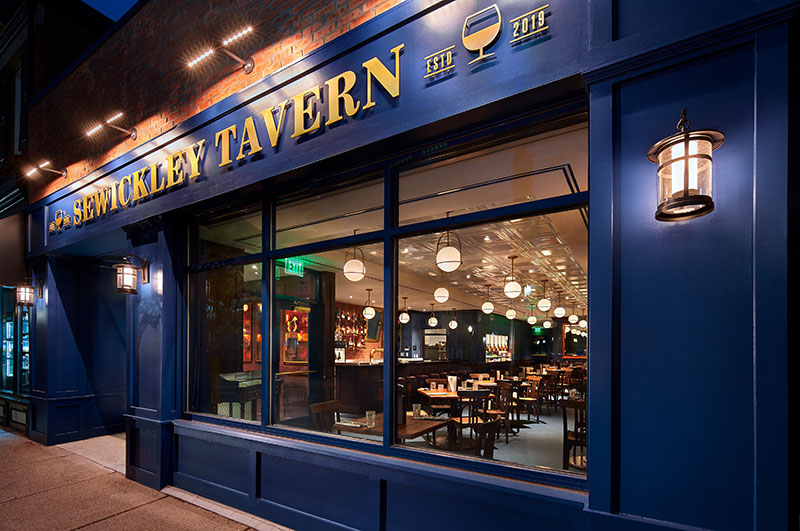
Sewickley Tavern. Photography: © Ed Massery
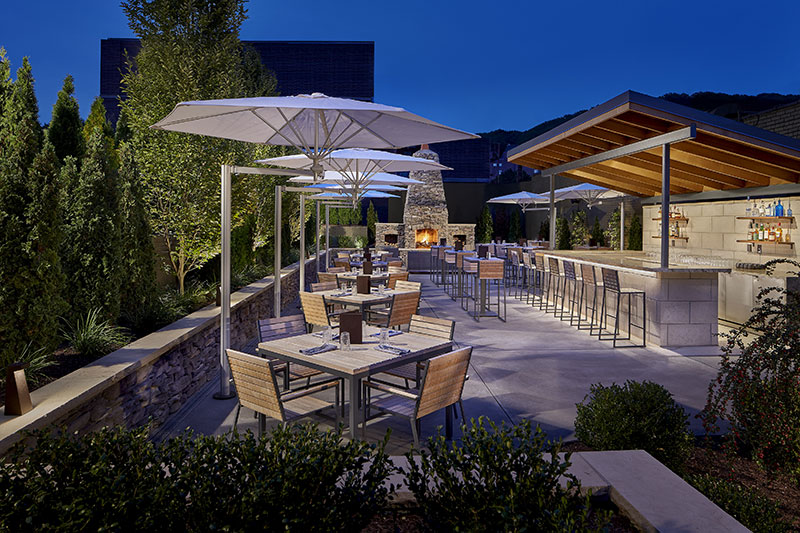
Sewickley Tavern. Photography: © Ed Massery
How does Studio St. Germain combine style and sustainability?
One of the challenges a firm has when it focuses on sustainability and health is balancing aesthetic components with programmatic ones. I often say, ‘If our philosophy is the art of architecture and performance, we must execute both.’ In that sense, we always approach a project with the idea that aesthetics are not an afterthought. Most people associate sustainable buildings with undistinguished design, but one of my goals is to change that perception. Buildings can do good and look good, too.
Speaking of sustainability, what are some of the measures that architecture must take to ensure sustainability these days?
Reducing carbon emissions and limiting energy use are two factors that are crucial to ensuring sustainability. As climate change progresses, planning with the environment in mind is crucial. Technology has advanced to the point that many of these sustainability features are no longer as complicated or even as limited as they once were. Designing with sustainability in mind no longer has to be a cost-prohibitive choice.
In 2020, the Studio St. Germain Sewickley Tavern project was officially awarded the RESET Air certification. Tell us about some of the awards and certifications the company has won. How important are these achievements to the firm?
The RESET certification for Sewickley Tavern was a real milestone for us. As I mentioned earlier, it was the world’s first RESET certification for a restaurant. The Sewickley Tavern also won a Certificate of Merit for the 2021 AIA Pittsburgh Design Awards. I also worked on a project in Denver that became the first certified Passive House in Colorado and won the Green Home of the Year award at the 2013 Denver MAME Awards.
How will Studio St. Germain evolve in the future to meet the demands of architecture and sustainability?
In the future, Studio St. Germain will remain focused on designing buildings that take care of us and that reflect a commitment to community and to the environment. Whether that means a client is interested in the broad targets of our High Performance Program or a single component (focusing on wellness, for example), we view every project as an opportunity to merge aesthetic impact with socially responsible architecture.
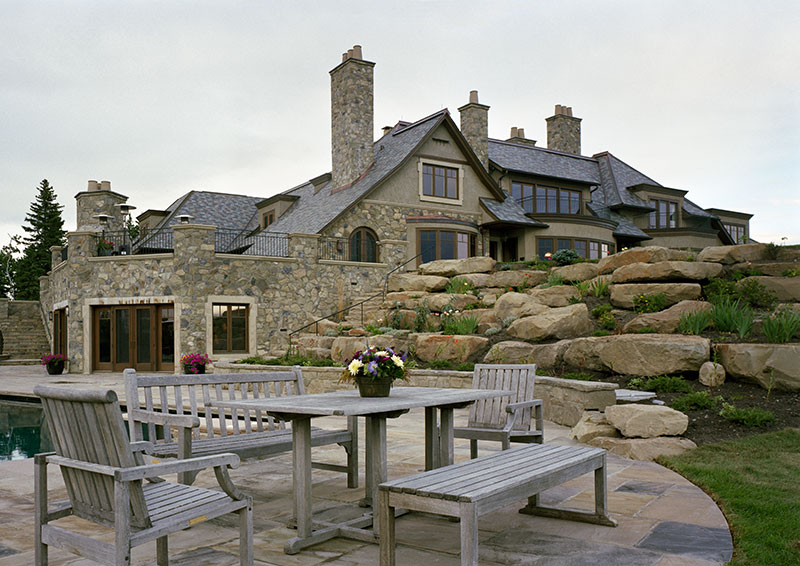
Calgary Residence. Photography: © Paul Warchol
Nathan, how is a day in your life?
A typical day for me is balancing my workload with the demands of being a good father and husband. During the day, the challenges of running a boutique architecture firm with a unique design approach keep me busy, and at night my two daughters keep me active. Both aspects are fulfilling and rewarding for me.
What is something most people don’t know about you?
One of my non-architecture pursuits, which may surprise some, is music. I play the drums regularly with local bands. Some of my earliest influences were drummers like Joe Morello, Steve Gadd, and Elvin Jones. Believe it or not, the discipline and intensity of playing relaxes me.
Choose two of your favorite quotes and write them here:
“The first wealth is health.” – Ralph Waldo Emmerson.
“We shape our buildings and afterwards our buildings shape us.” – Winston Churchill.
If you had the power to change just one thing in the world what would it be?
There are so many areas that can be improved, but if I could target only one, it would be quality healthcare for everyone.
Anything else you’d like to add?
Today high performance buildings are valued by companies because research studies have shown that they increase employee productivity and lower absenteeism, two results that boost long-term profitability. And, because of their human-centric design, high-performance buildings stand out in a competitive real estate market, which results in higher premiums, making them optimal for developers. Similarly, high-performance homes are in demand because of their positive societal impact and because of their focus on well-being. Wellness is increasingly becoming viewed as an amenity by buyers and renters. Gyms, pools, and roof decks will always be coveted, but now many people are realizing that you can also occupy a house or an apartment that stresses livability and health. At the same time, the ability to give back to the community and the environment has never been easier — or more important.
To learn more about Nathan St. Germain and Studio St. Germain please visit https://www.studiostgermain.com
Main image credit: © Jason Snyder Photography

